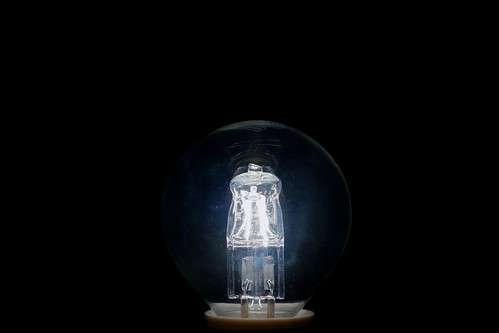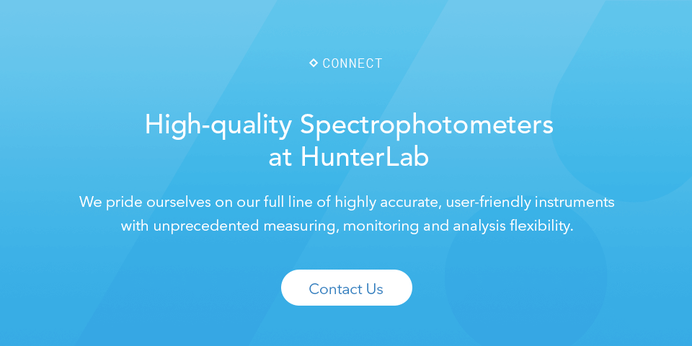
Double beam spectrophotometers illuminate both a reference source and a sample simultaneously to produce more reliable, repeatable measurements. Image Source: Unsplash user Greg Becker
Spectrophotometers have revolutionized the way product color is measured across numerous industries, from maxillofacial plastics to maple syrup. By allowing for full-spectrum analysis of both reflected and transmitted light, spectrophotometers offer the most advanced method of objectively quantifying chromatic information possible today and give customers virtually endless options for obtaining accurate color measurements. However, not all spectrophotometers are created equal; recent technological advances have expanded the versatility of optical configurations and understanding your options is critical when choosing the right instrument for your purposes.
Single Beam Systems
The first spectrophotometers were based on a single beam configuration that is still in use today. The light source in this type of configuration is concentrated in a single beam, requiring discrete measurements of each object. In practice, this means calibrating the machine prior to each test by measuring a reference standard and making any necessary corrections to compensate for light source changes during the standardization process. Single beam instruments have historically suffered from deteriorating accuracy over time and unpredictable repeatability, primarily due to the instability of light sources. With advances in tungsten halogen lamp stability, single beam configurations have enjoyed increased reliability in recent years. However, standardization every 4-8 hours is still recommended to ensure accuracy, impeding efficacy and making measurements vulnerable to human error.

Historically, the instability of light sources led to increased demand for double-beam instrumentation. However, today’s advanced illuminants have dramatically improved stability to offer enhance reliability in single-beam instruments. Image Source: Flickr user Paul Hudson


